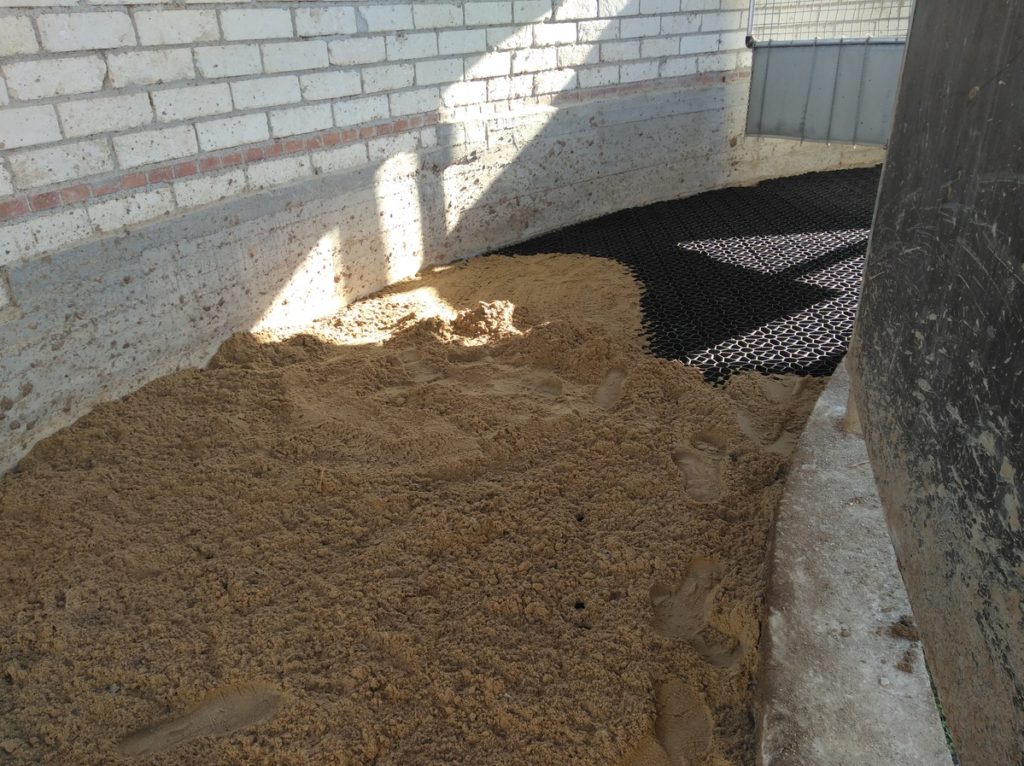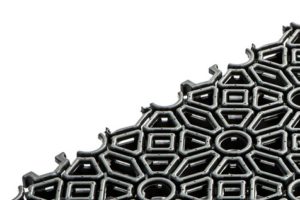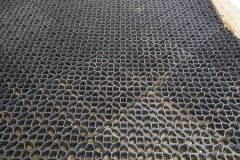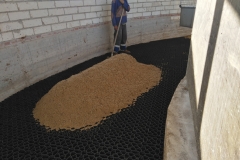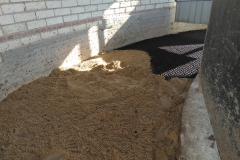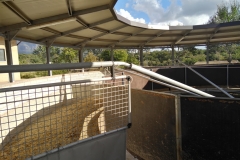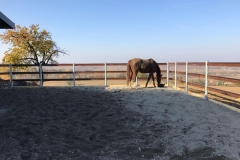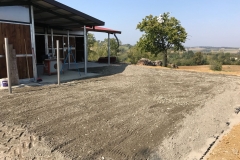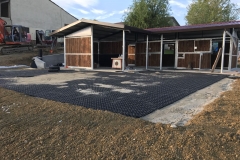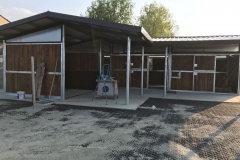Project Description
THE BEST SOLUTION THAT ALLOW TO MANTAIN THE DRAINING PROPERTIES OF GROUND, AVOIDING THE CREATION OF MUD.
With the Equestrian Surfaces Grid, it is possible stabilise loose uneven bottoms surfaces and eliminate holes and depressions. This provides a well-levelled, compacted surface which allows the absorption of stresses due to dynamic loads produced in the run or the jump of the horse, which in turn provides protective support to tendons and joints of the animal. It has an anti-slip surface, on both sides.
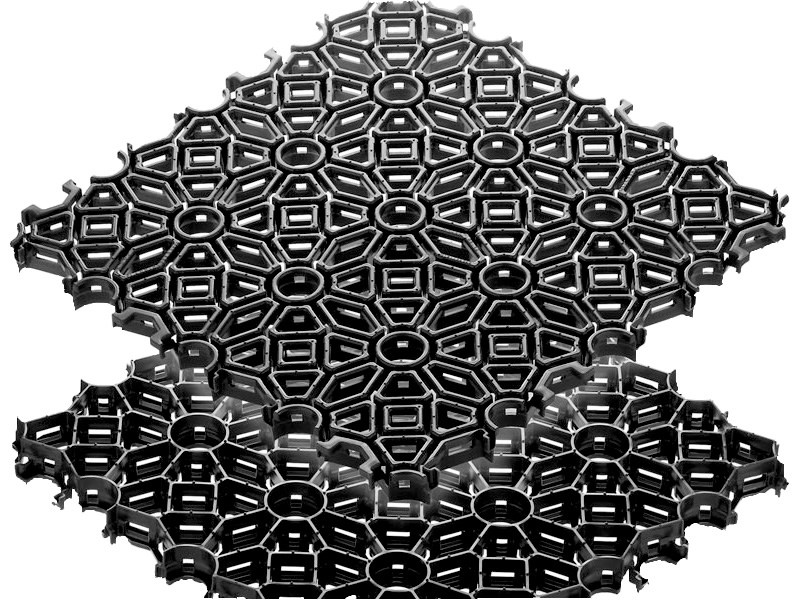
The Grid maintains the draining properties of the soil unaltered (over 90%), making the surface practicable in all seasons and in all climatic conditions, thus avoiding the formation of mud and keeping the surface always dry. The Equestrian Surfaces Grid make a separation layer of draining base, avoiding the mix up of the materials.
Equestrian Surfaces Grid is a modular grid system made from recyclable LD PE (low density polyethylene). It is flexible and supports the walk of the animal, resulting in providing an optimal surfaces for training and races areas, paddock, carousel, and indoor enclosures. The Equestrian Surfaces Grid is light which makes it easy to lay and move. An unskilled worker can install or remove about 120 m2 / hour.
Thanks to its holding and locking system, each grid can be locked to each other. This secures the grid and prevents movement under the horses natural movement. The grid can be used for temporary surfaces, after its temporary use the grid can be removed and repositioned at another location at any time, using it several times in the course of its life.
When key obstacles need to be avoided the individual pieces can be cut to size using a disc grinder / cutter and still be connected to the, the whole pieces, avoiding product waste.
The Equestrian Surfaces Grid has been certified to a load capacity of 187 Ton/m2. It can withstand heavy vehicles including fully loaded trucks and firefighting trucks. By combining the unique structure of the grid elements, which is made up of several different geometric shapes with the “?” shape, the grid has obtained an exceptional load capacity and a good level of elasticity.
RANGE OF USES
- Riding camps of all kinds and horse paths;
- New and renewed surfaces for show jumping, dressage, reining, cutting and team penning;
- Access to pasture, fences and paddocks;
- Stables and feeding areas;
- Training, trotting and gallop areas;
- Loading and unloading areas, warehouse surfaces;
- Prepare and compact of the excavation (slope 1%); with unstable soils it is recommended to use a geotextile TNT 130 g/m2;
- Prepare a well- levelled, rolled and compacted rubble base to a depth 15 – 20 cm.
- Over the rubble base spread a layer of fine sand, like the consistency of concrete sand well leveled to a depth of 3 cm as the bedding layer for the Grid.
- Lay the Equestrian Surfaces Grid (on either side but keeping it the same). The pieces can be cut to size using a disc grinder / cutter.
- Fill up to the edge of the cells with sand or apply layer of fine sand over the Equestrian Surfaces Grid to a depth of about 2 cm and wet it several times to compact. This will prevent the loose gravel in getting under the grid. Fill the remaining space of the Grid with approximately 2 cm of gravel, remaining below the edge of the Grid. The gravel should be at least 10 mm in diameter and not smaller.
Note: it is possible to install the product directly on an existing surface (after verifying the stability) and then fill the cells as in the phase 5.
- Prepare and compact of the excavation (slope 1%); with unstable soils it is recommended to use a geotextile TNT 130 g/m2;
- Prepare a well- levelled, rolled and compacted rubble base to a depth 15 – 20 cm.
- Over the rubble base spread a layer of fine sand, like the consistency of concrete sand well leveled to a depth of 3 cm as the bedding layer for the Grid.
- Lay the Equestrian Surfaces Grid (both sides). The pieces can be cut to size using a disc grinder / cutter.
- Fill up to the edge of the cells with technical sand for horse or volcanic lapillu (granulometry 0 – 4 mm), which preserves the humidity of the soil avoiding the lifting of dust thanks to its porosity. Cover the Equestrian Surfaces Grid with equestrian soil depth 10 – 15 cm.
Note: For any range of uses ensure that a gap of 2 cm is left near hard surfaces such as curbs and perimeters. For larger surface areas also leave an expansion joint of approximately 2 cm every 15 m of Equestrian Surfaces Grid.
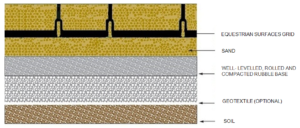
ASK FOR A FREE QUOTATION
The Equestrian Surfaces Grid can be combined with the nonwoven fabric Geotextile..
The images and features shown in this publication are not binding.
Plastics 3F srl reserves the right to make changes to the products without any prior notice.
Follow us on our Facebook page.
